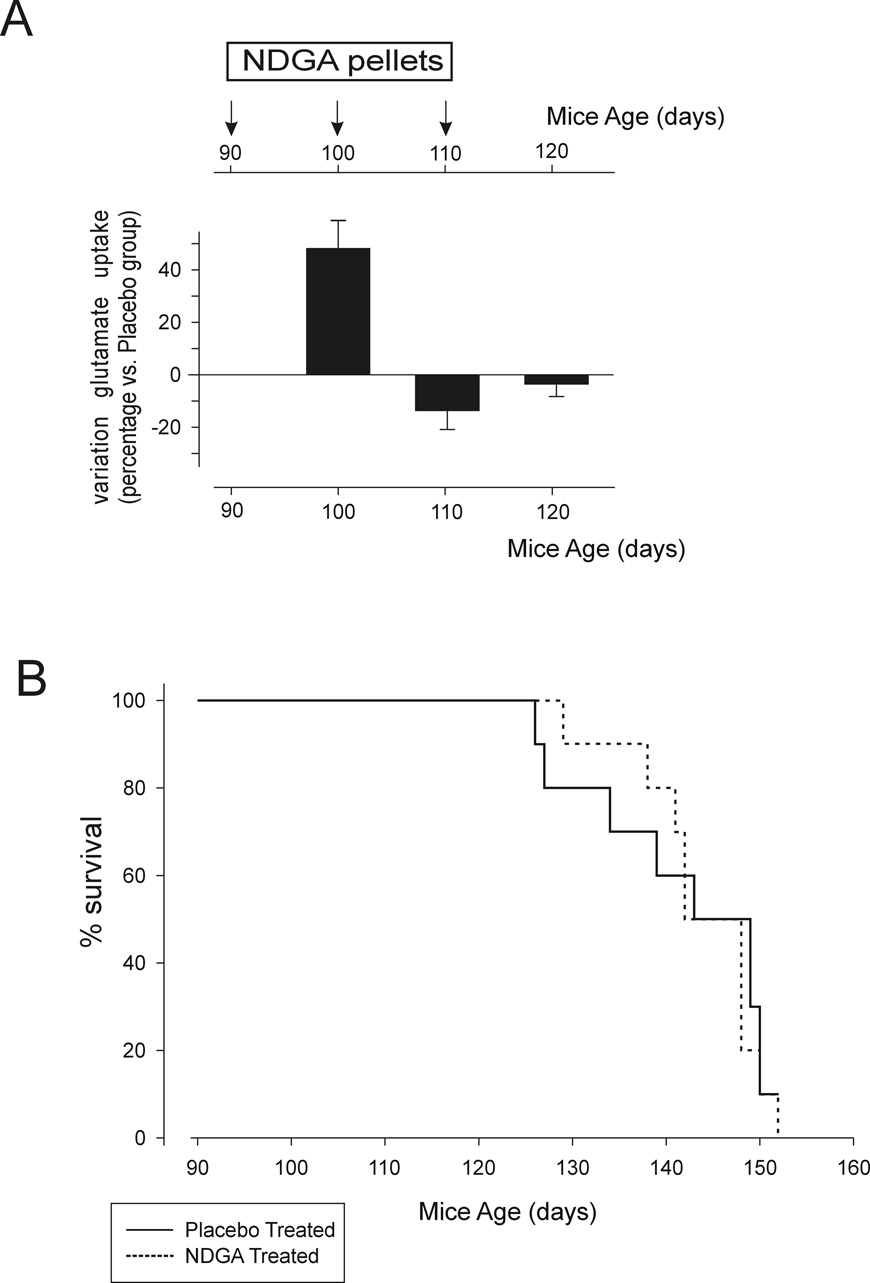Fig.5. Effect of chronic administration of NDGA on SOD1-G93A mice model of ALS.
(A) Glutamate uptake measured in spinal cord synaptosomes prepared from SOD1-G93A mice treated with placebo or NDGA pellets (10mg/10day pellet). Data are expressed as percentage variation against placebo treated groups. Pellets were implanted in mice at 90 days of age and every 10 days until 110 days of age. We did not implant pellets in mice 120 days of age or older because these mice were already late in the disease and would not survive the anesthesia procedure for the implantation. Data represent average of measurements done in 3 mice per experimental group. (B) Kaplan-Meier survival plot of NDGA (dashed line) vs. placebo (full line) treated SOD1-G93A mice. NDGA or placebo was delivered as described in (A). Each group consisted of 17 mice (6 males + 11 females). The average survival of NDGA treated mice was not statistically different from control placebo treated mice, even when results were broken down by gender.

